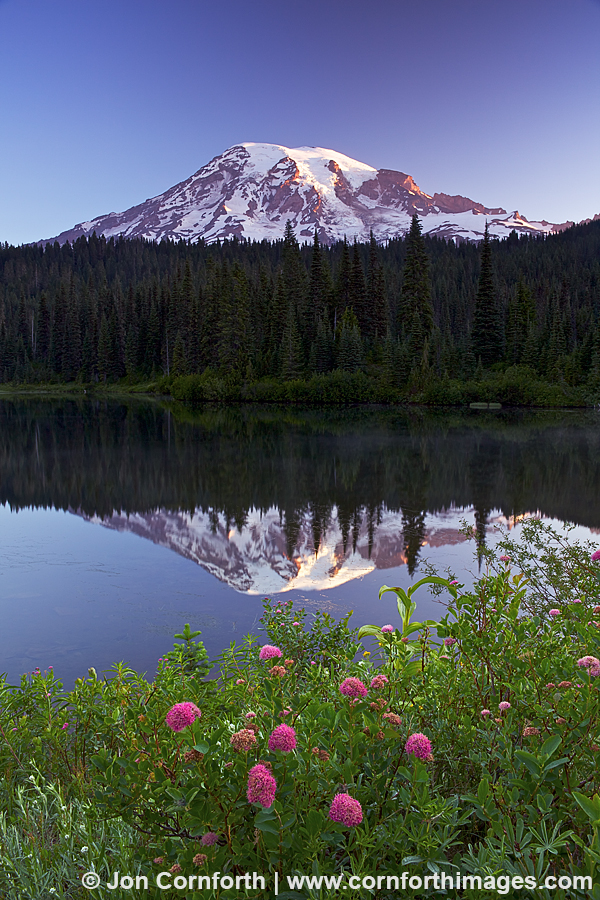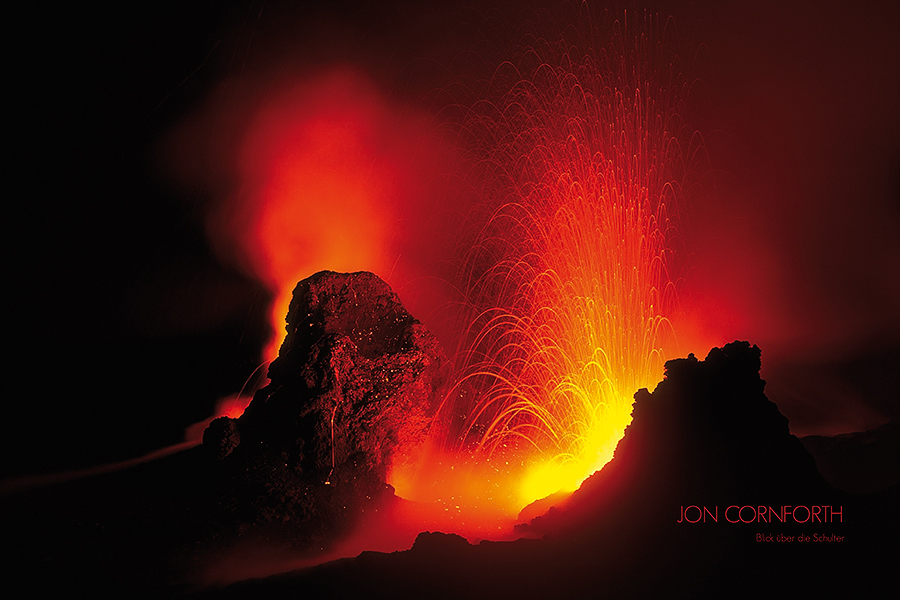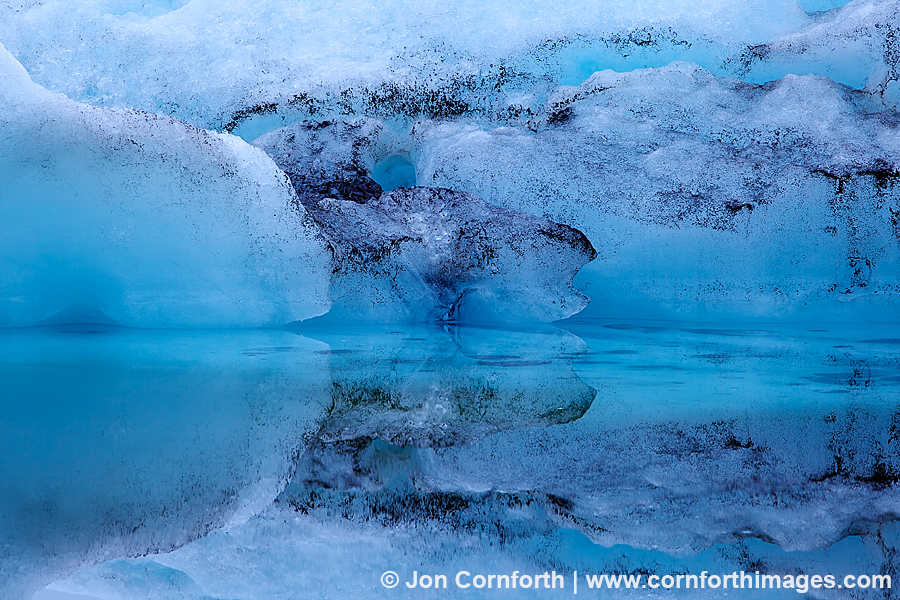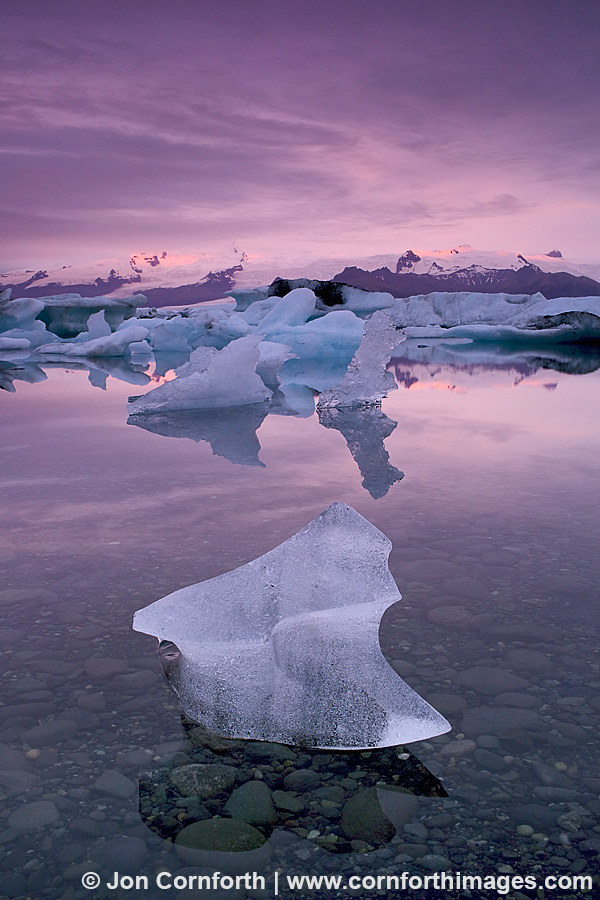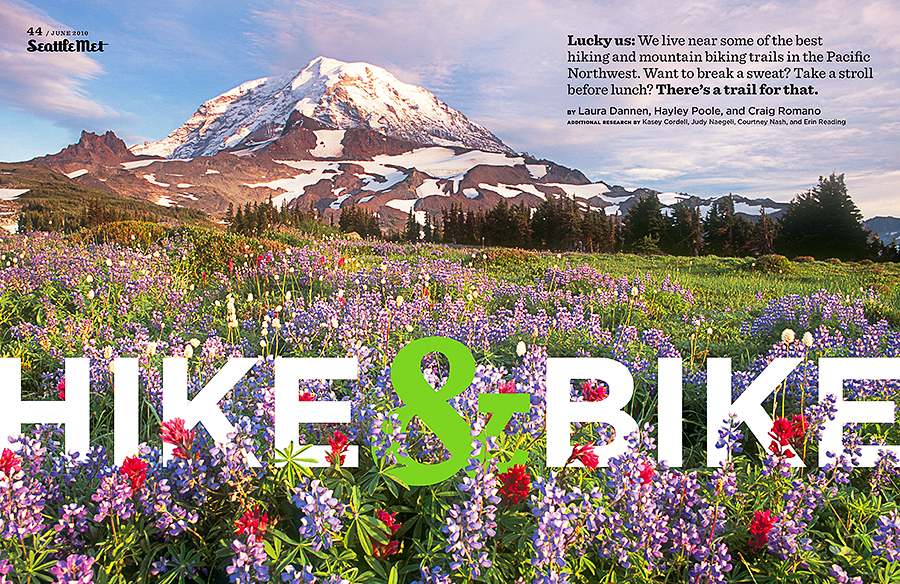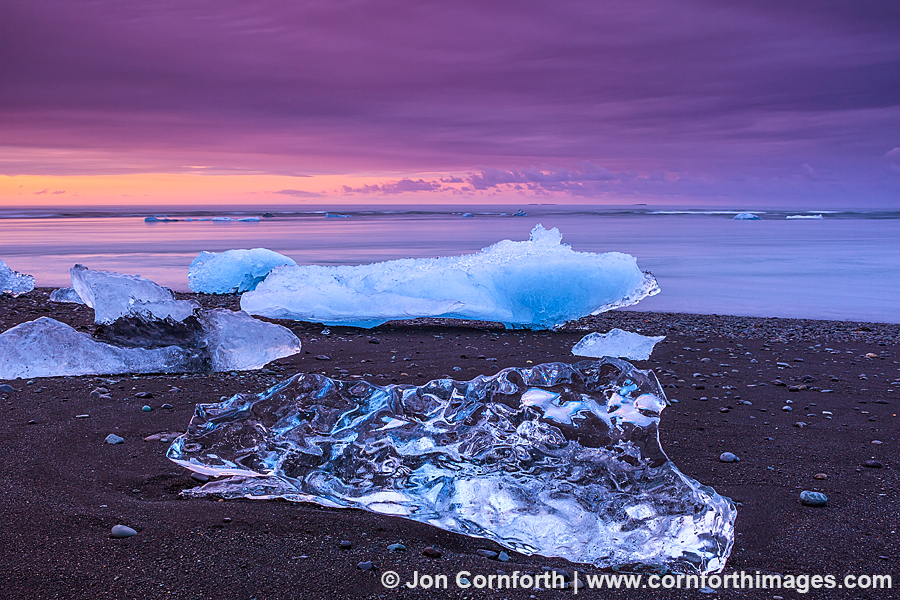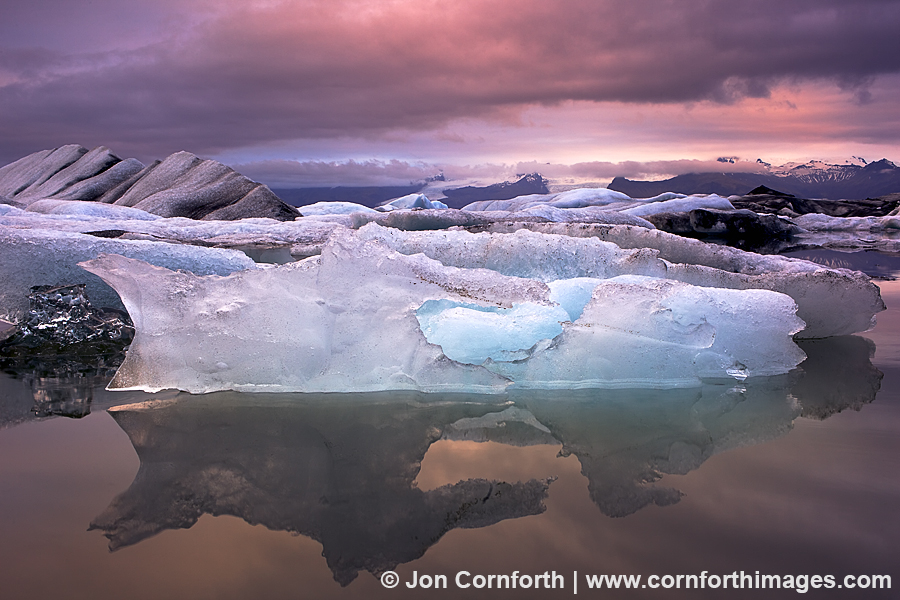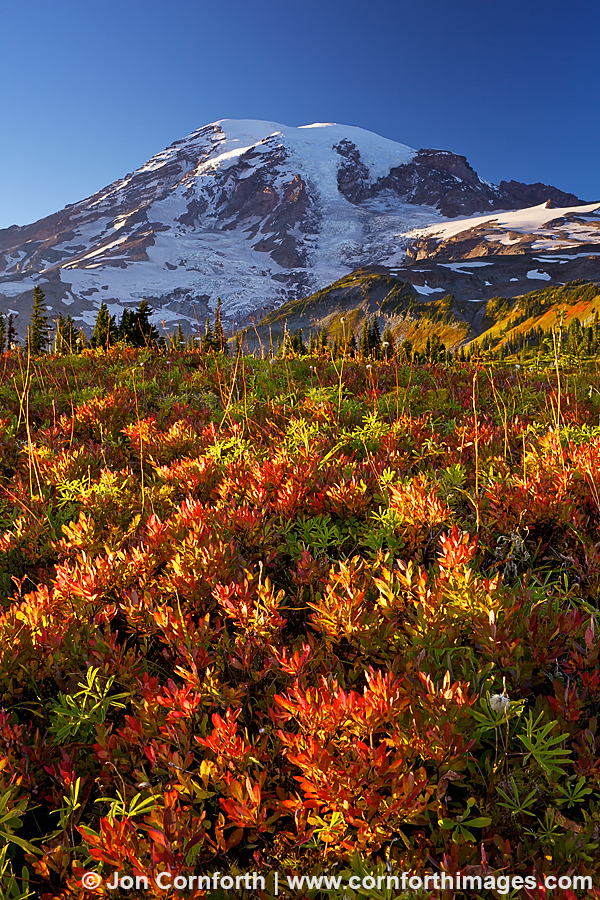
Mazama Ridge Fall Colors 1
Posted onThe most important thing I teach my photography tour clients is how to anticipate a shot. Let’s use my new image of the fall colors on Mazama Ridge as an example of when to shoot. When I was at Mount Rainier National Park last Friday, the sky was clear blue without a single cloud on the horizon. I knew that the best image in these conditions would be when the angle of the sunlight was a few degrees above the horizon and still yellow or orange in color. Experience has taught me where the sun would go down, but I confirmed my guess by using my SunSeeker app on my iPhone. I wanted to shoot this scene as the sunset light settled into the trees and danced across the foliage in front of my camera. The tree shadows added some mystery to an otherwise beautiful but non-dramatic scene. This light only lasted for about 30 seconds before the foliage went into complete shade. I used my Carl Zeiss 35mm f2 ZE lens along with my Singh-Ray LB Warming Polarizer and 2-stop Hard Graduated Neutral Density filter to create this image using only 1 exposure which required minimal processing.



